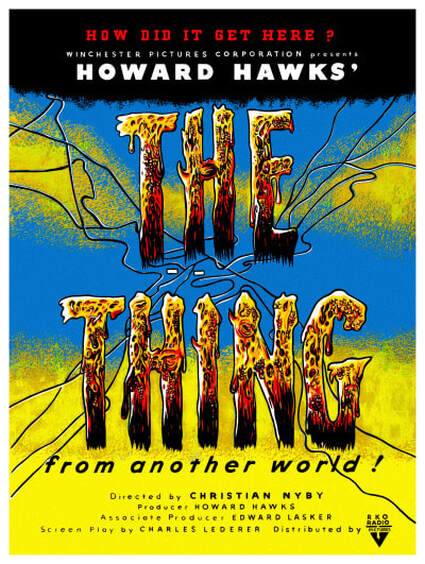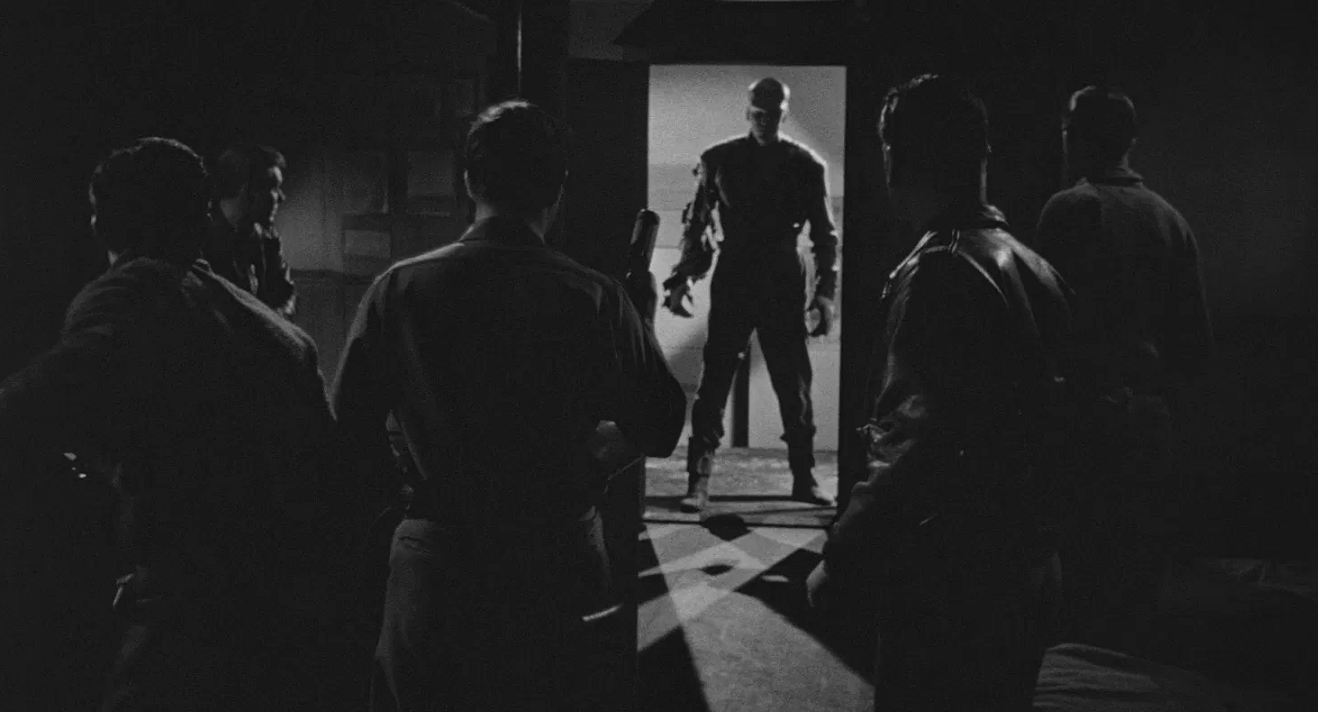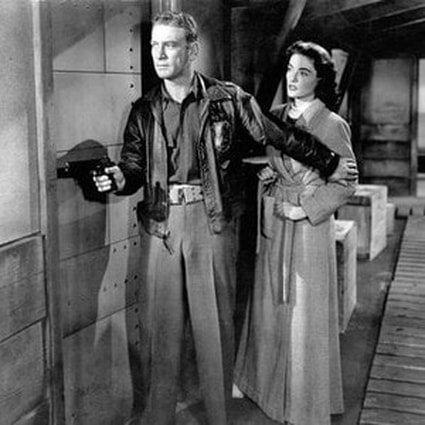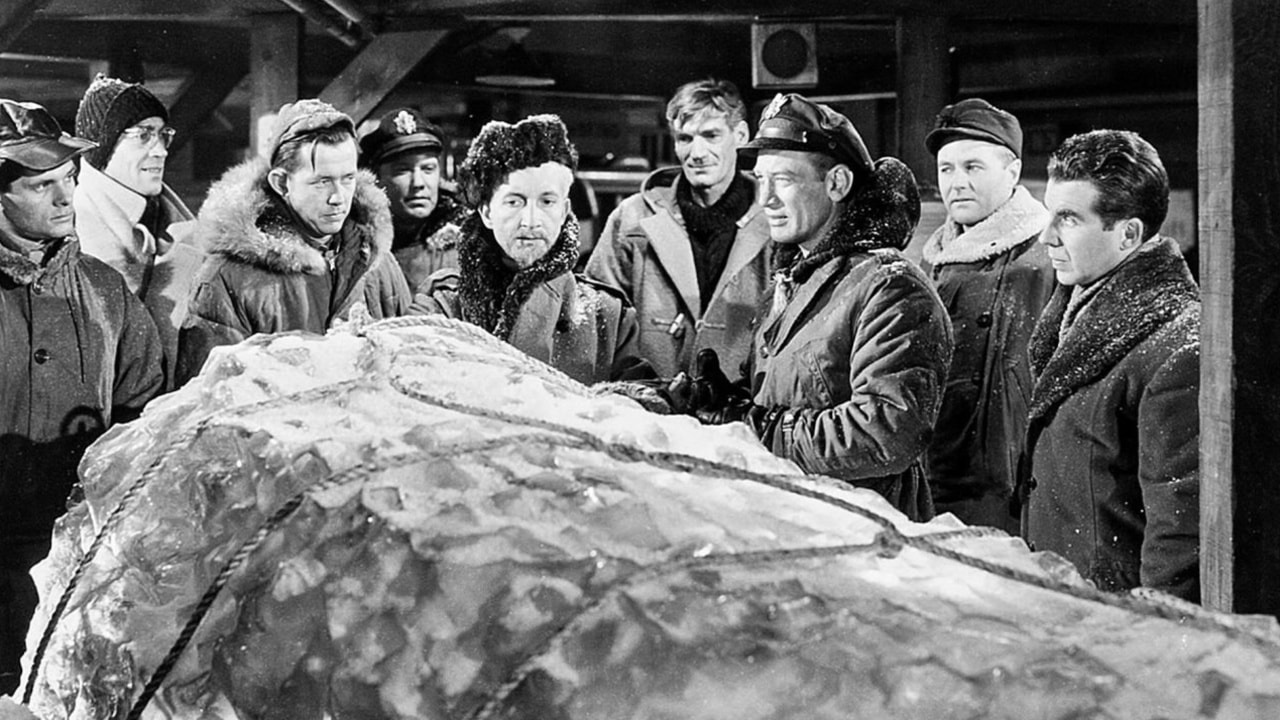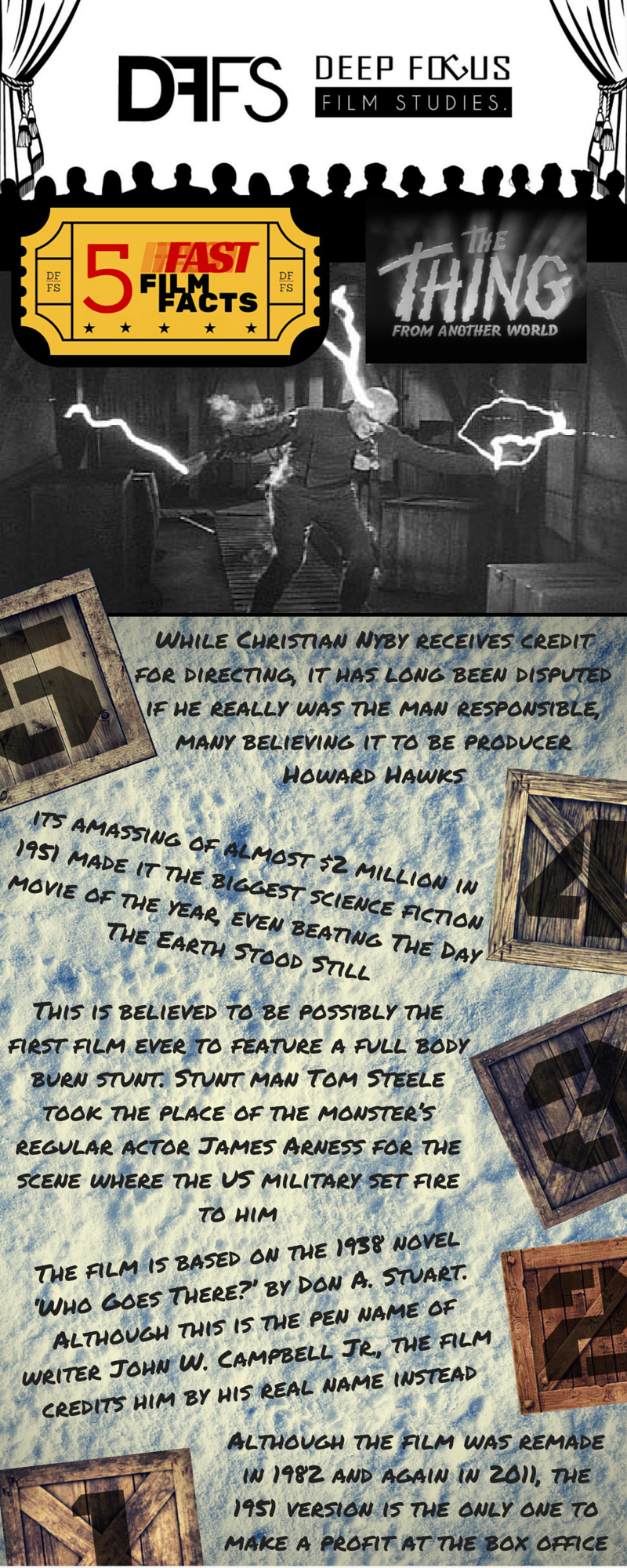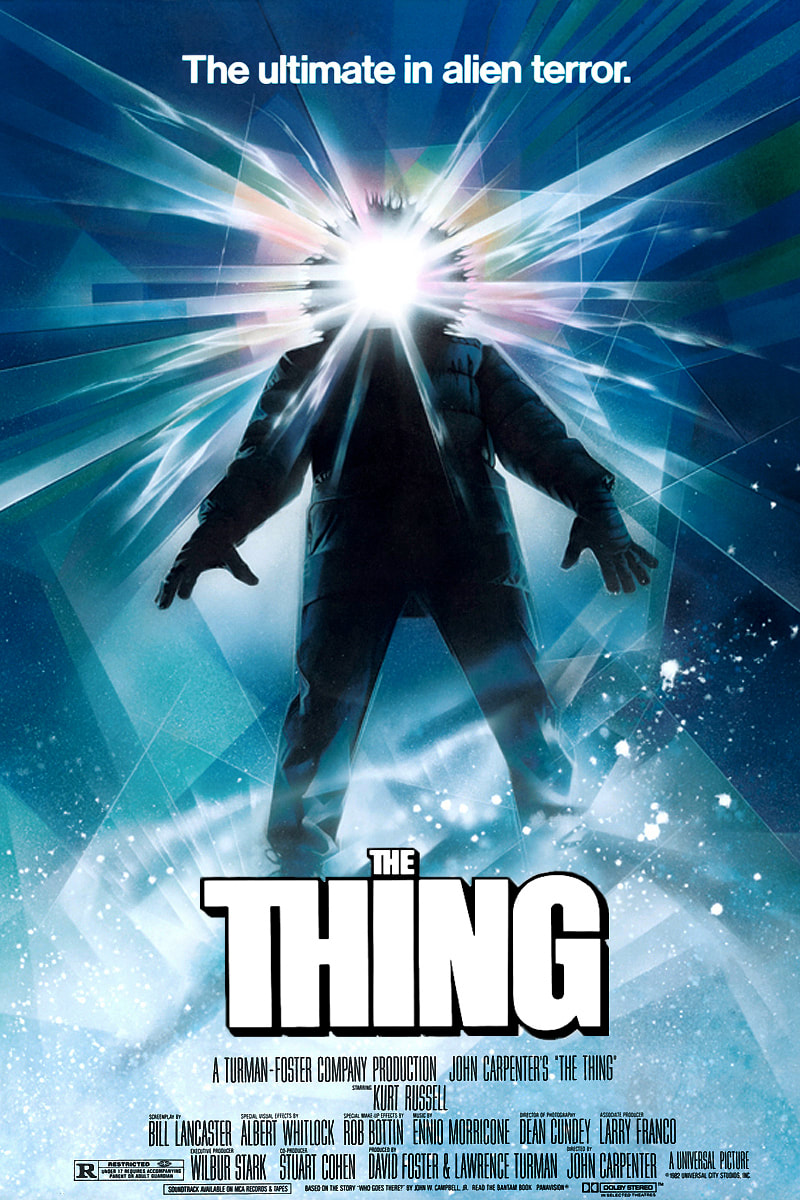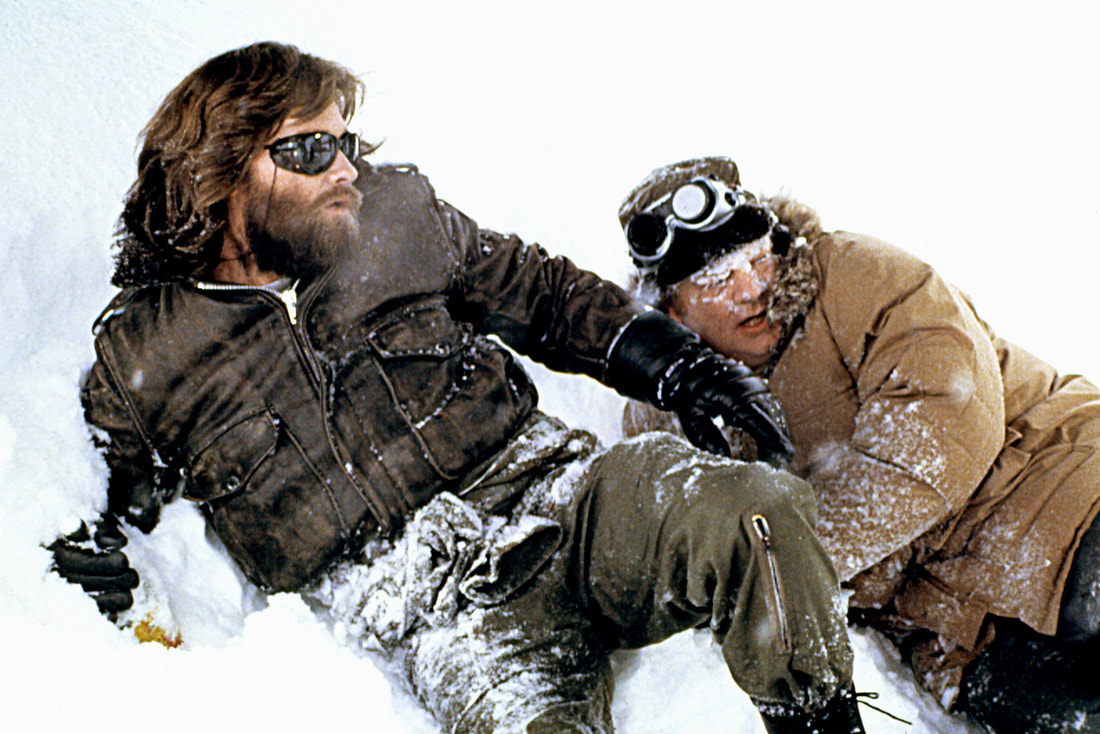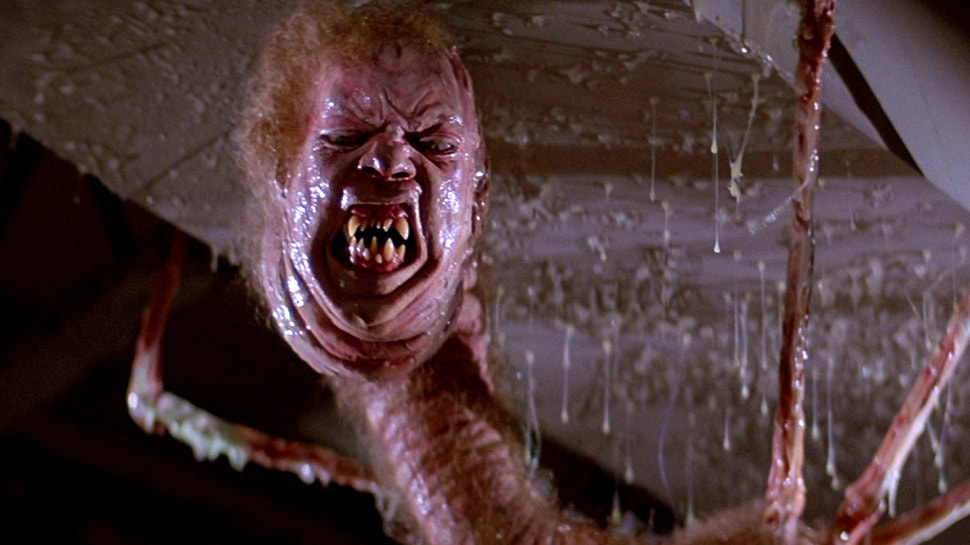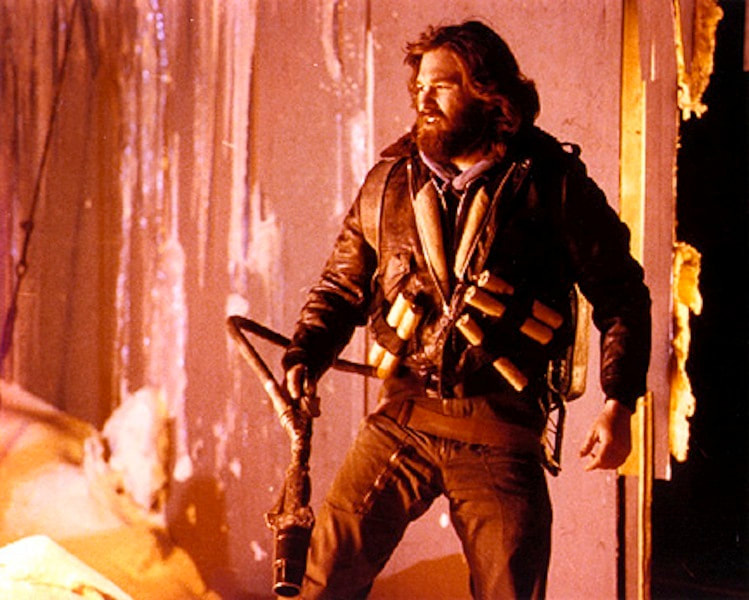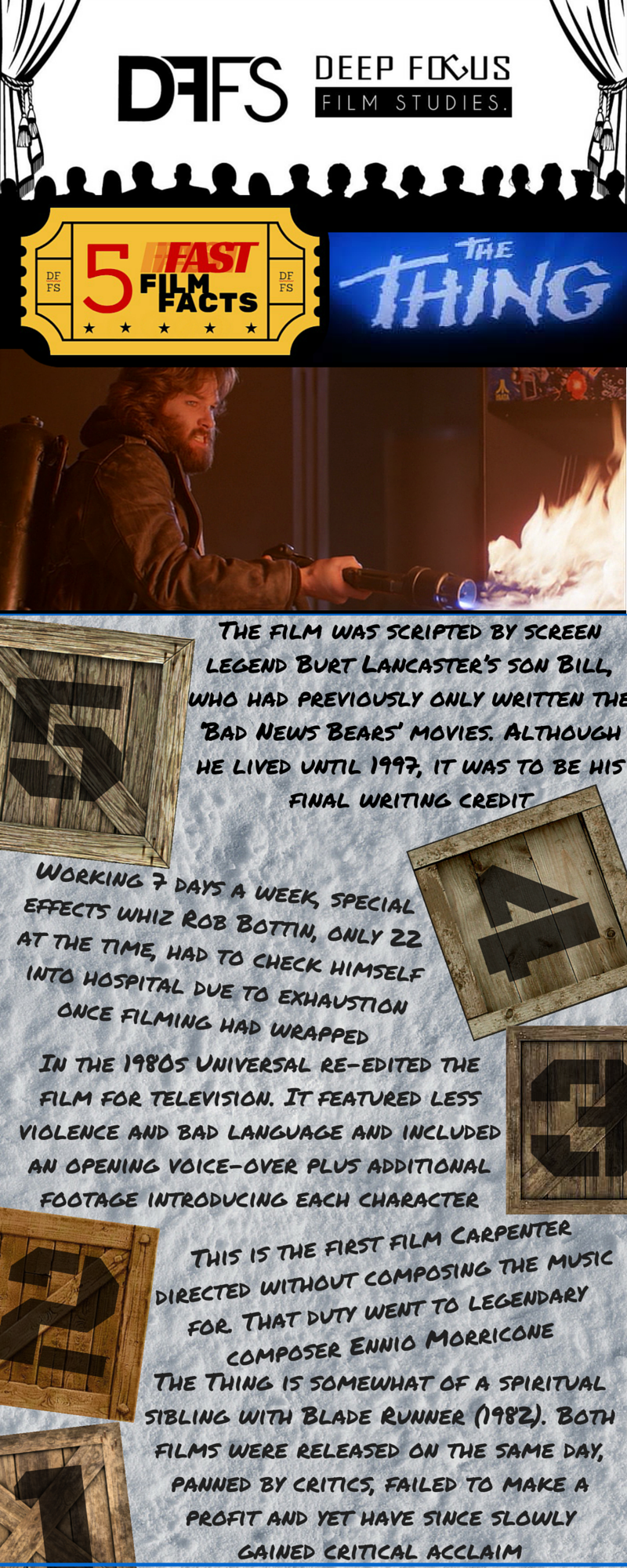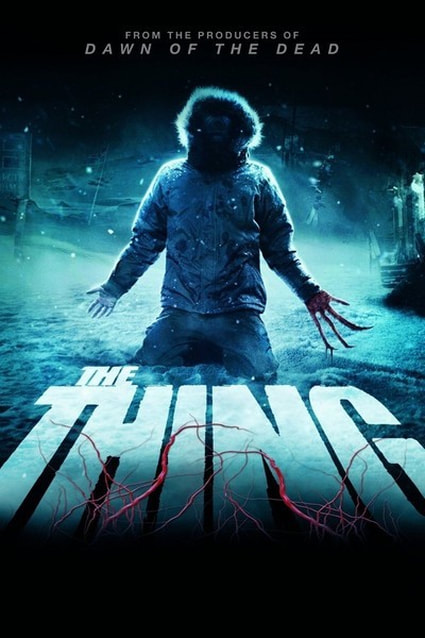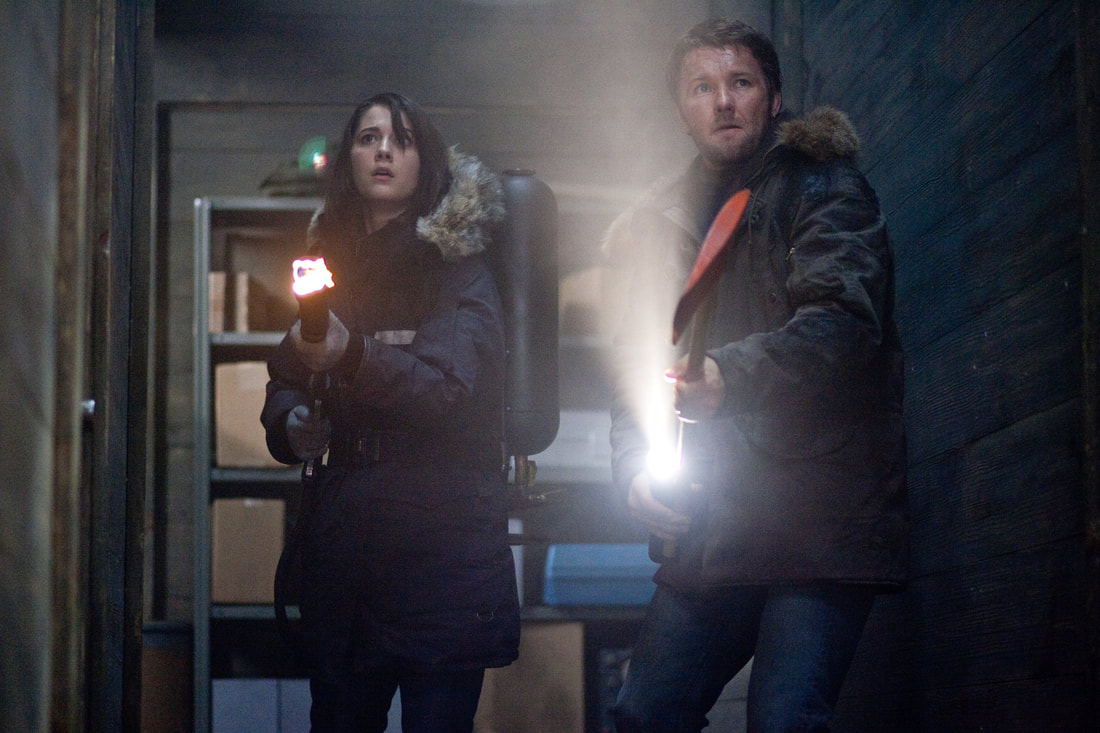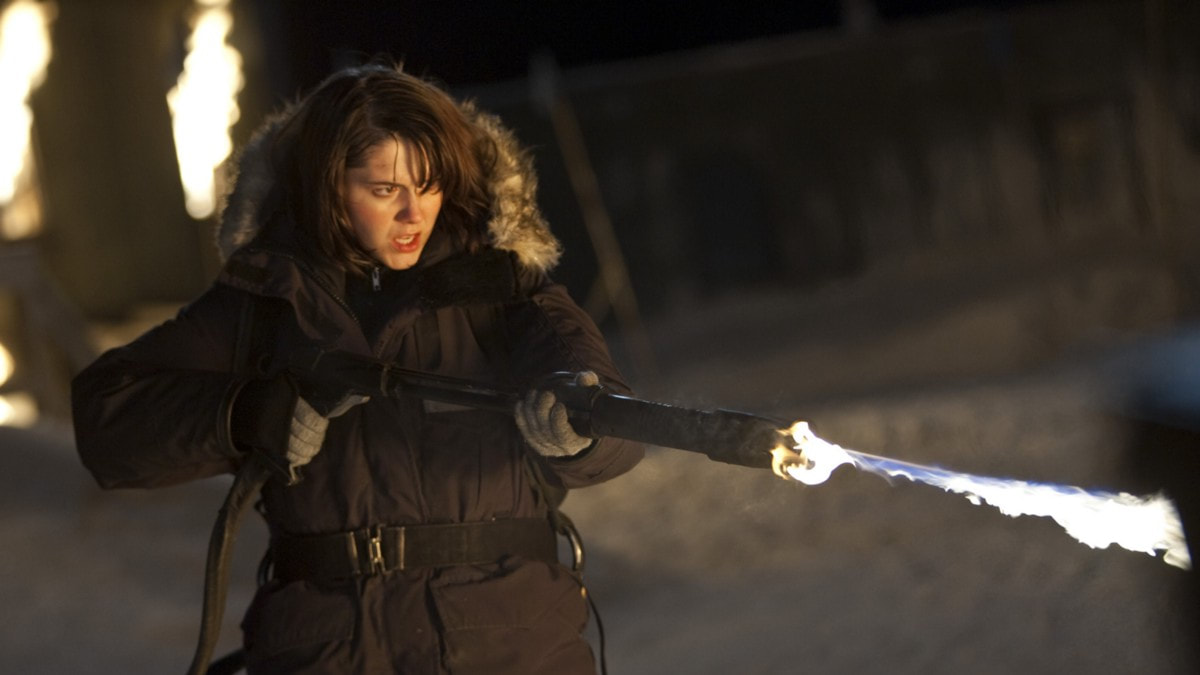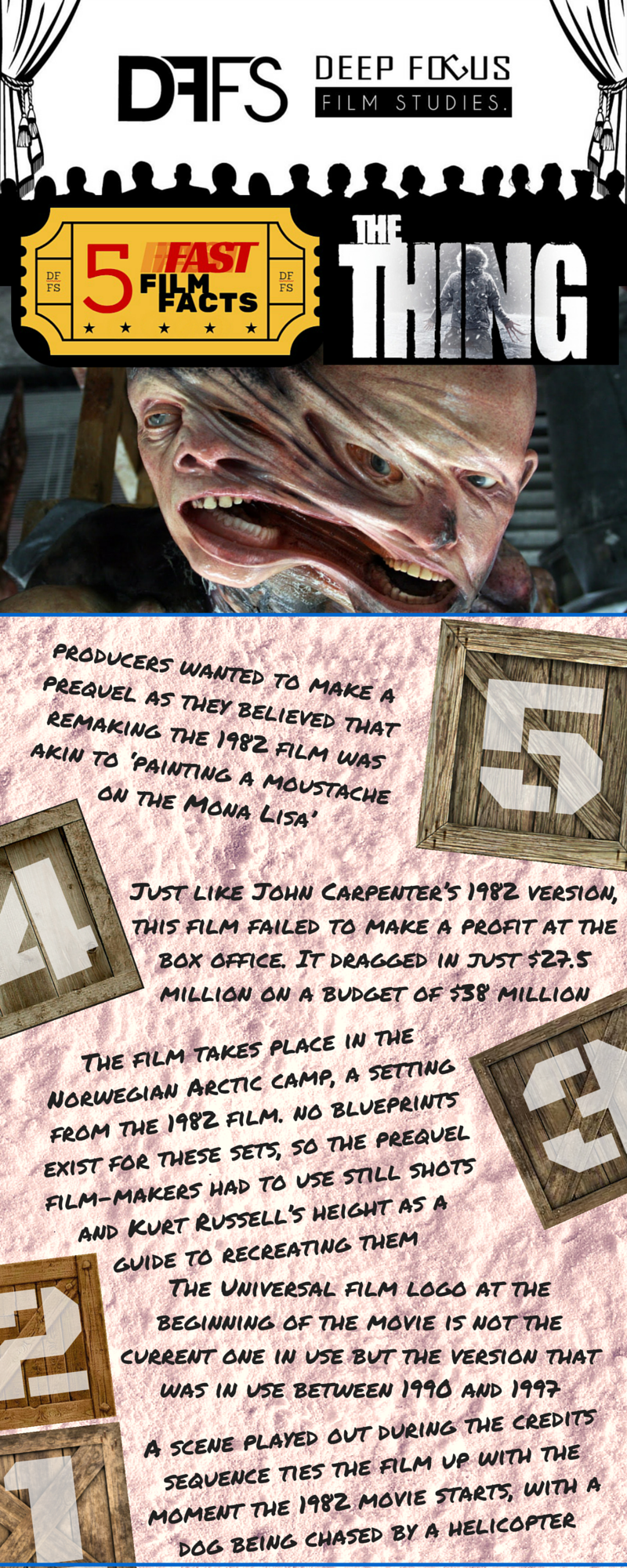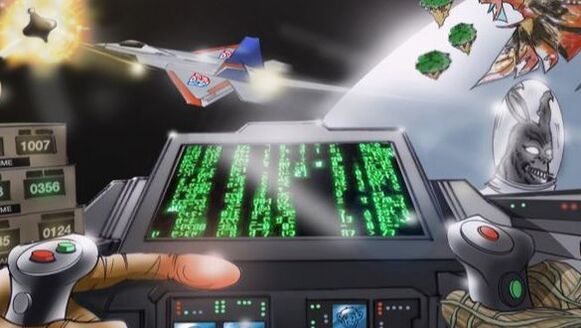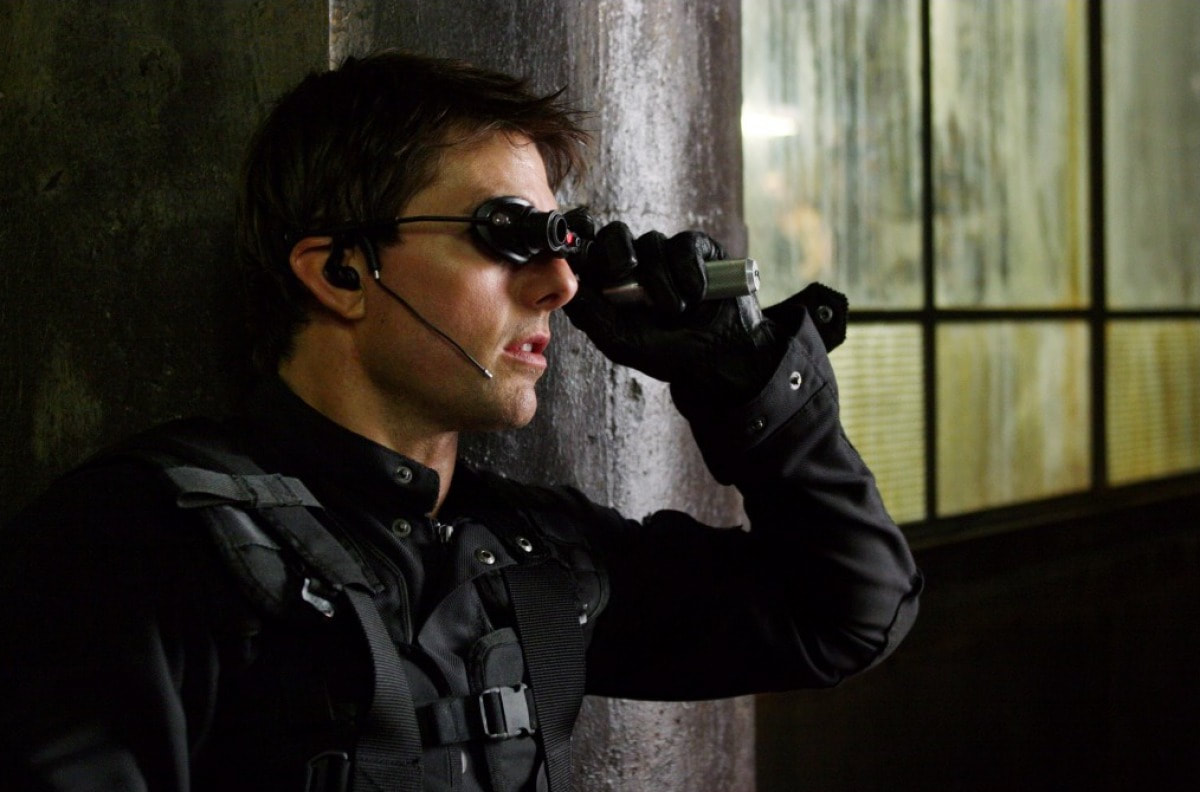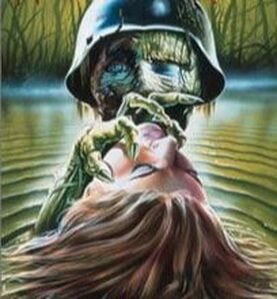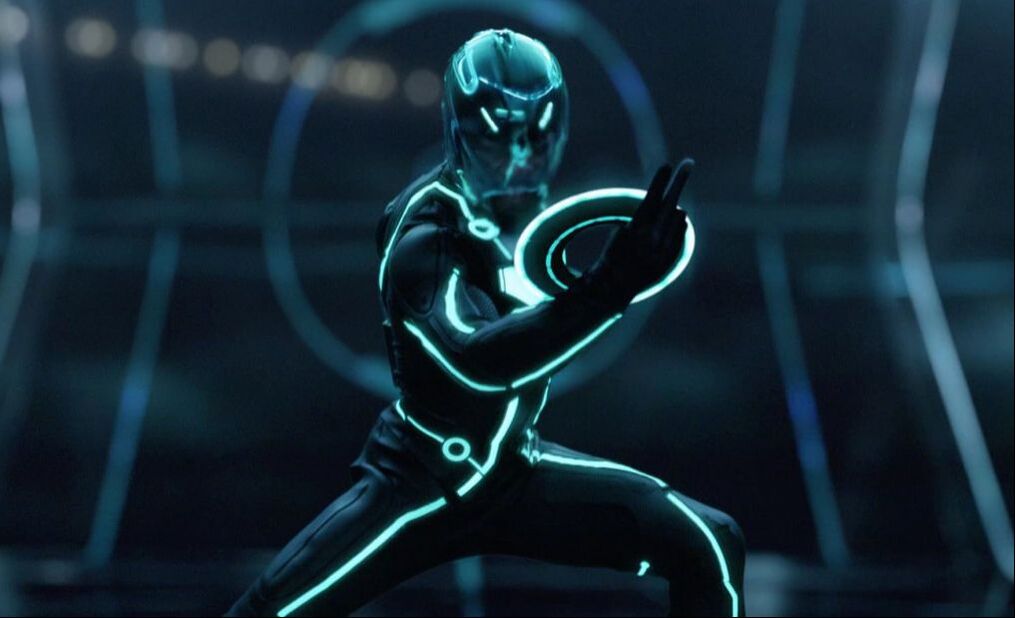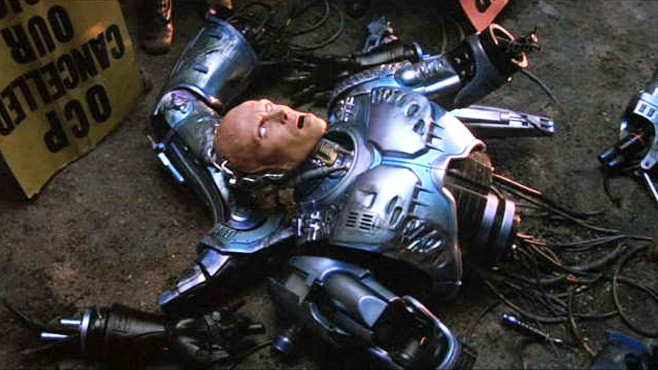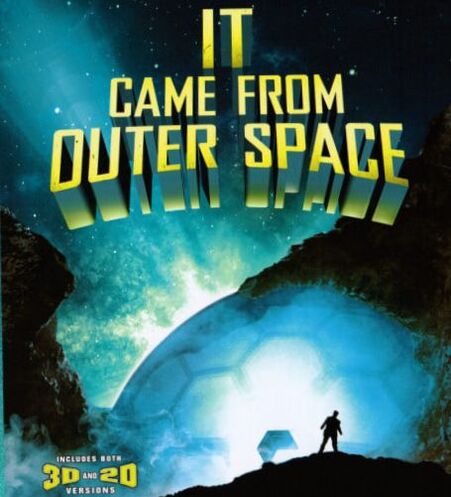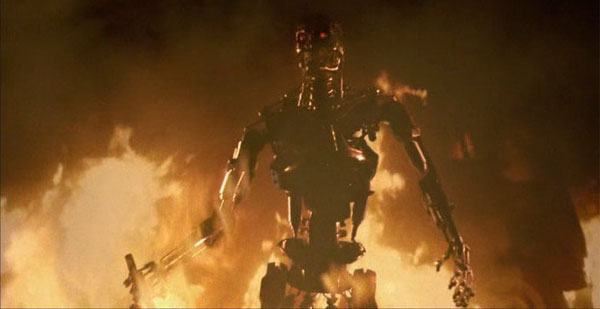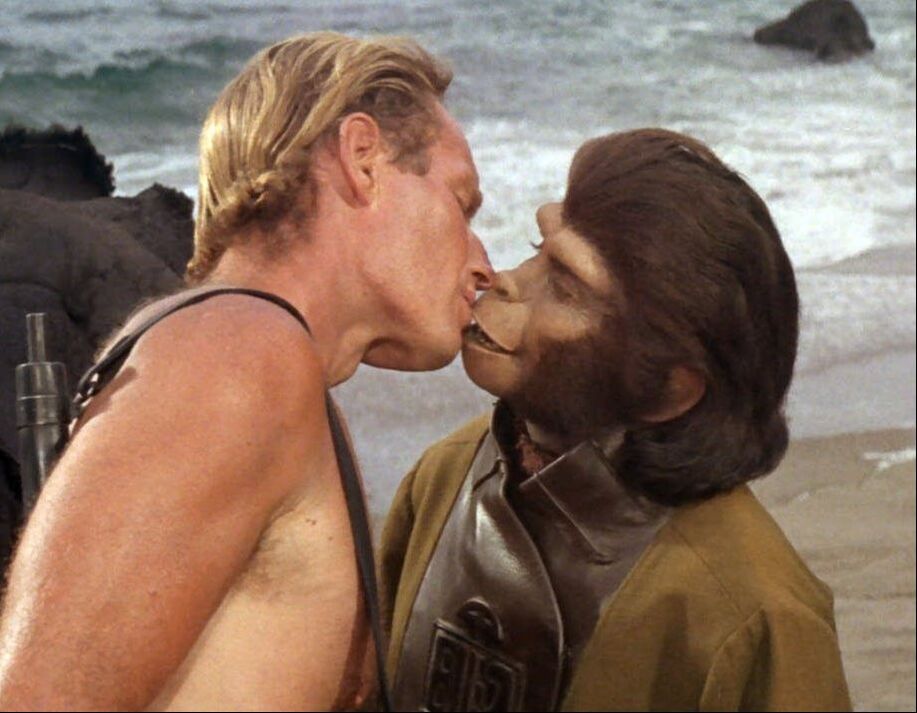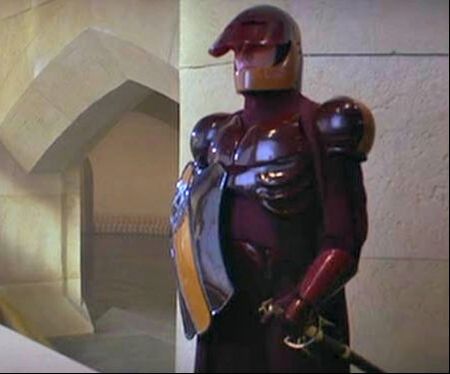Revealing 15 Little-Known Facts On The Thing Movies
From the Christian Nyby / Howard Hawks The Thing From Another World 1951 original based on the 1938 John W. Campbell Jr novel 'Who Goes There?', the early eighties reimagining by horror legend John Carpenter starring Kurt Russell (The Thing 1982 movie), and its 2011 CGI-heavy prequel, The Thing film series has been terrifying audiences for over 70 years. While technically only the latter two movies are part of a series, we'd feel remiss if the first cinematic outing for the source material wasn't included. Also, it deserves pride of place for being the only movie of the three to actually make a profit at the box office.
Below we discover some fascinating cinematic landmarks all three in the series have been responsible for.
Below we discover some fascinating cinematic landmarks all three in the series have been responsible for.
|
|
The Thing Film Series 1: THE THING FROM ANOTHER WORLD (1951)
|
Directed by Christian Nyby.
Tensions rise as things hot up at a remote arctic base when a monstrous alien creature starts killing crew members. A film from the 1950s may not be as appealing to some of the core The Thing film series fans who found their way into the franchise via either the John Carpenter The Thing 1982 movie or 2011 version. By comparison, the scares can often come across as a bit cheesy, the acting quite stunted, and the pacing a little slow. But that would be doing a great diservice to a well-crafted genre piece of the era. While the monster may borrow heavily from the Universal Frankenstein series, and not be considered very frightening by 21st century standards, the paranoia that makes up the core of the film, and would be masterly refined in the 1980s adaptation, are clearly and expertly present. The horror body gore of later versions may be missing, but instead the audience are treated to a story that effortlessly takes you along for the ride, a great science fiction idea, and cold war tension from a generation that had experienced a world war only half a decade previously. |
5 Film Facts About The Thing From Another World (1951)
5. While Christian Nyby receives credit for directing, it has long been disputed if he really was the man responsible. Some cast members have given conflicting reports that although it may have been Nyby, it equally could have been producer Howard Hawks who directed the movie, simply giving the other the acknowledgement in order to get his Director’s Guild membership.
4. Although hardly the highest grossing film of the year, its amassing of almost $2 million made The Thing From Another World 1951's biggest science fiction movie, even beating that year’s The Day The Earth Stood Still.
3. This is believed to be possibly the first film ever to feature a full body burn stunt. Stunt man Tom Steele took the place of the monster’s regular actor James Arness for the scene where the US military set fire to him. Although he was not injured, he used an oxygen supply which was highly combustible and could have resulted in tragic consequences.
2. The film is based on the 1938 novel ‘Who Goes There?’ by Don A. Stuart. Although this is the pen name of writer John W. Campbell Jr., the film credits him by his real name instead.
1. The Thing 1982 movie, a remake by John Carpenter, used many more specifics about the creature from the novel. It was remade again in 2011, but that version also acted as a prequel to the 1982 version. While the John Carpenter film is widely regarded as the best, The Thing From Another World 1951 is the only version to have made a profit at the box office.
4. Although hardly the highest grossing film of the year, its amassing of almost $2 million made The Thing From Another World 1951's biggest science fiction movie, even beating that year’s The Day The Earth Stood Still.
3. This is believed to be possibly the first film ever to feature a full body burn stunt. Stunt man Tom Steele took the place of the monster’s regular actor James Arness for the scene where the US military set fire to him. Although he was not injured, he used an oxygen supply which was highly combustible and could have resulted in tragic consequences.
2. The film is based on the 1938 novel ‘Who Goes There?’ by Don A. Stuart. Although this is the pen name of writer John W. Campbell Jr., the film credits him by his real name instead.
1. The Thing 1982 movie, a remake by John Carpenter, used many more specifics about the creature from the novel. It was remade again in 2011, but that version also acted as a prequel to the 1982 version. While the John Carpenter film is widely regarded as the best, The Thing From Another World 1951 is the only version to have made a profit at the box office.
|
|
The Thing Film Series 2: JOHN CARPENTER'S THE THING (1982)
|
Directed by John Carpenter.
A group of research scientists at an Antarctic base find a sled dog being chased by a helicopter. When the dog bites one of them, things start to get really tense, and really gory. While The Thing From Another World is an enjoyable effort, the John Carpenter remake is not only considered a classic bit of filmmaking, but a masterpiece of the horror genre. It is also the reason the other movies in The Thing film series probably still get any attention at all. More closely based on the 1938 book than the previous incarnation, the scares are more terrifying, the effects are groundbreaking, and the overall tense atmosphere is a cinematic landmark. As might be expected, The Thing 1982 movie features acting more akin to psychological realism, improved pacing, tighter plotting, and a less melodramatic musical score than The Thing From Another World (1951). Director John Carpenter set out to make his own adaptation because of his love of the original movie, but so different from the Christian Nyby film is this that it can barely be considered a remake at all. |
5 Film Facts About The Thing (1982)
5. The Thing 1982 movie was scripted by screen legend Burt Lancaster’s son Bill, who had previously only written the ‘Bad News Bears’ movies. Bill Lancaster lived until 1997, but The Thing was to be his final writing credit.
4. Working 7 days a week, special effects whiz Rob Bottin, only 22 at the time, had to check himself into hospital due to exhaustion once filming had wrapped. Movie effects legend Stan Winston also did some work on the film, but declined a credit so as not to overshadow Bottin’s landmark work.
3. In the 1980s Universal re-edited the film for television. It featured less violence and bad language and included an opening voice-over plus additional footage introducing each character. Carpenter disagreed with the edit and it has never been released on any home-viewing format.
2. This is the first film Carpenter directed without composing the music for. That duty went to legendary composer Ennio Morricone.
1. John Carpenter’s The Thing 1982 movie is somewhat of a spiritual sibling with Blade Runner (1982). Both films were released on the same day, were panned by critics and the audience, failed to make much of a profit and yet have since slowly developed into what are considered much-loved and acclaimed classics.
4. Working 7 days a week, special effects whiz Rob Bottin, only 22 at the time, had to check himself into hospital due to exhaustion once filming had wrapped. Movie effects legend Stan Winston also did some work on the film, but declined a credit so as not to overshadow Bottin’s landmark work.
3. In the 1980s Universal re-edited the film for television. It featured less violence and bad language and included an opening voice-over plus additional footage introducing each character. Carpenter disagreed with the edit and it has never been released on any home-viewing format.
2. This is the first film Carpenter directed without composing the music for. That duty went to legendary composer Ennio Morricone.
1. John Carpenter’s The Thing 1982 movie is somewhat of a spiritual sibling with Blade Runner (1982). Both films were released on the same day, were panned by critics and the audience, failed to make much of a profit and yet have since slowly developed into what are considered much-loved and acclaimed classics.
|
|
The Thing Film Series 3: THE THING (2011)
|
Directed by Matthijs van Heijningen Jr.
A paleontologist joins a group of scientists in Antarctica just as people start dying. Everyone has a bad time except for the alien killing them. Fans of The Thing 1982 movie might remember the section where our heroes investigate another outpost that foreshadows their own fate. The 2011 film acts as a prequel by depicting the terrible events at that outpost which the characters of the Carpenter film could only guess at. The filmmakers clearly had a lot of passion for the project and went to painstaking efforts when it came to the details and making the two fit together seamlessly. The main problem of this film however, is that the CGI does not deliver in the areas where the 1982 movie excelled and upped the ante for the genre. A secondary problem is that the 21st century film wants to simultaneously deliver a prequel for fans and a remake for newer audience members. Providing the same beats as the other film, for the most part it falls flat as a weaker copy, rather than a story of its' own. Giving it the same title as the fan-favourite Carpenter movie just compounds the idea of it being a remake, and means people writing about The Thing film series have to stay on their toes as to which version they are referring to. |
5 Film Facts About The Thing (2011)
5. Although the studio wanted a remake, the producers managed to convince them to make a prequel instead as they believed that remaking a version of John Carpenter’s The Thing 1982 movie would be akin to ‘painting a moustache on the Mona Lisa’.
4. Just like John Carpenter’s 1980s version, this film failed to make a profit at the box office. It dragged in just $27.5 million on a budget of $38 million.
3. The film takes place in the Norwegian Arctic camp, a setting in the original film where everyone has died under mysterious circumstances. Since no blueprints exist for these sets the makers of the prequel had to use still shots and Kurt Russell’s height as a guide to recreating them.
2. The Universal film logo at the beginning of the movie is not the current one in use but the version that was in use between 1990 and 1997.
1. A scene played out during the credits sequence ties the film up with the moment The Thing 1982 movie starts, with a dog being chased by a helicopter.
4. Just like John Carpenter’s 1980s version, this film failed to make a profit at the box office. It dragged in just $27.5 million on a budget of $38 million.
3. The film takes place in the Norwegian Arctic camp, a setting in the original film where everyone has died under mysterious circumstances. Since no blueprints exist for these sets the makers of the prequel had to use still shots and Kurt Russell’s height as a guide to recreating them.
2. The Universal film logo at the beginning of the movie is not the current one in use but the version that was in use between 1990 and 1997.
1. A scene played out during the credits sequence ties the film up with the moment The Thing 1982 movie starts, with a dog being chased by a helicopter.
Quickfire FAQs About The Thing Film Series
How many The Thing movies are there?
There are 3 movies in The Thing film series which stemmed from the ideas in the book Who Goes There? - Two of these movies are titled The Thing. One was produced in 1982 and another in 2011. The 2011 film is a remake and prequel of the 1980s movie, which is itself a remake of a 1950s movie titled The Thing From Another World (1951).
Is The Thing 1982 movie a remake?
The John Carpenter film released in 1982 is a remake of The Thing From Another World, a 1951 movie based on a book called Who Goes There published in 1938.
Is The Thing 2011 a prequel or a sequel? Is The Thing 2011 a remake?
Confusingly, The Thing 2011 is both a remake and a prequel. While the studio wanted to release a remake, the filmmakers wanted to deliver a prequel. Following all the same beats and basic plot point, technically The Thing 2011 is a remake of the 1982 film of the same name. However, since it features a host of new characters and ties itself in to the 1980s movie's timeline (it ends where the other film begins), it is also a prequel.
What kind of monster was The Thing?
The antagonist of The Thing film series is an extraterrestrial organism that can shape-shift, assimilating other life forms in a hostile and lethal manner.
Before You Go...
After more 80s science fiction? Check out our next article:
Revisiting Dante's Innerspace
Also Worth Checking Out
After more 80s science fiction? Check out our next article:
Revisiting Dante's Innerspace
Also Worth Checking Out
- Small group of people in the middle of nowhere being killed off one at a time is your sort of thing? Check out James Cameron Production Sanctum
- Something similar but not sci-fi and they're all on a small boat? Check out Alfred Hitchcock's Lifeboat
- Want some more sci-fi where we're up against the elements in a hostile environment? Check out Ridley Scott's The Martian
|
Think you know your sci-fi films?
See if you can identify all 18 movies in our image-based brain teaser |
|
|

